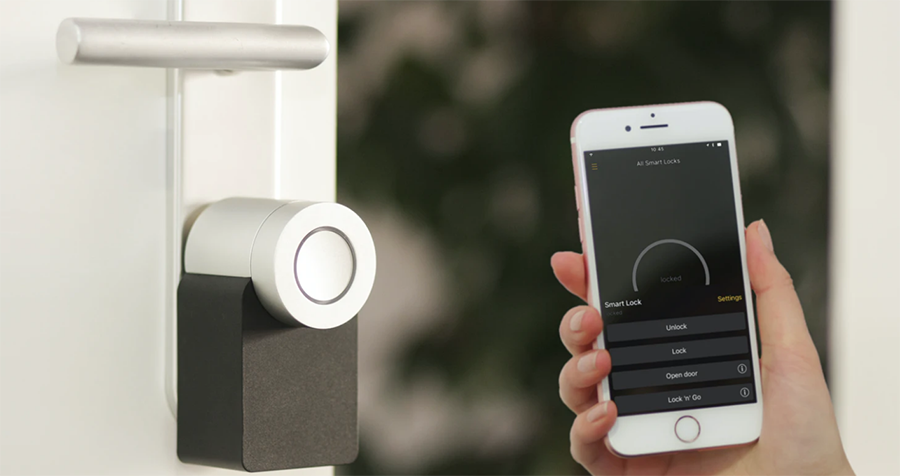If you imagine your writing to be a road, the punctuation marks will serve as road markers. They demonstrate to the reader when it is appropriate to pause, where it is acceptable to come to a complete stop, and how they should interpret the sentences they encounter. Following are the essential punctuation marks that you must know and use while writing
Use of Hyphen:
Compound adjectives should be written with a hyphen. Those words should typically be hyphenated when they function as a collective adjective before the word that they are modifying. This can happen when two or more words are used together. For sentences, it can contain anything like nouns, complex nouns, or adjectives starting with D, you can place a hyphen at its required place.
Capital letters should be used not only to begin phrases but also at the beginning of proper nouns and titles. The names of particular individuals, places, or objects are “proper nouns.”
The names of works of art (books, movies, plays, and so on), institutions, geographical places, and many other things are referred to by their titles, which are a form of a proper noun.
Use of Commas:
One of the most widespread uses for punctuation markings is the comma. They are also among the punctuation marks misused the most frequently. A pause in a sentence is indicated by using a comma, which can be placed between phrases, clauses, or items in a list.
Because of this, using commas appropriately might be challenging at times because the places in a spoken sentence where you would typically pause are not usually the same places in a written sentence where you would put a comma.
Commas are frequently used to divide items listed in sequential order. This is one of the most popular applications of commas. Commas are often inserted between each item and between the third-to-last item and the succeeding conjunction in a list like this.
At your workplace, it is important to have clear communication. Always remember to use correct punctuation to convey correct and clear messages.
Use of Exclamation marks:
The exclamation point is related to the period and the question mark in that it can terminate a sentence. Still, it indicates something different to both: emphasis or an emotional exclamation, which you can hear in someone’s tone and loudness.
One thing to remember is that the exclamation mark comes at the end of the sentence considered “exclamatory.” These remarks are typically brief and communicate various feelings, including joy, fury, surprise, pleasure, or outrage, among many others. It’s a mark of punctuation that carries a lot of sense!
Never finish a sentence with a question mark or exclamation point followed by a period. This is considered improper sentence punctuation. Do not add a second period after a sentence if the sentence concludes with a period that is part of an abbreviation.
Use of Parentheses:
Inserting information into a sentence using parenthesis is the best option when that information does not fit in with the flow of the sentence naturally. This information usually consists of a brief aside or a snippet of further data.
Use of Semicolon:
Independent clauses, or sentences included within a more significant correction, are often joined by them. So, I can hear you asking, why not just put a period between them to separate them?
Using a semicolon introduces a little stress into the sentence, drawing attention to the connection between the two sentences.
Use of apostrophe:
Even though apostrophes are used frequently in written communication, people often get confused about how they should be utilized. There are primarily three applications for them, which are as follows:
In contracted words, such as “didn’t” (which means “did not”), “haven’t” (which means “have not”), “I’d” (which means “I had”), and so on, they fill in for the letters that are missing.
Hyphens should be used when constructing a compound term out of many simpler words. You’ve probably used a hyphen in this way if you’ve ever written about something that’s gold-plated, radar-equipped, or comes in one size that fits all.
Use hyphens to create a longer, more descriptive word out of two or more component words by separating the “pieces” from one another as you build the word.
Conclusion:
This quick journey through the most common punctuation marks and the appropriate ways to use them has come close. If you follow these steps, your writing will have clarity that will make it much simpler for a professional editor to edit it, which in turn will improve the overall quality of your writing.










